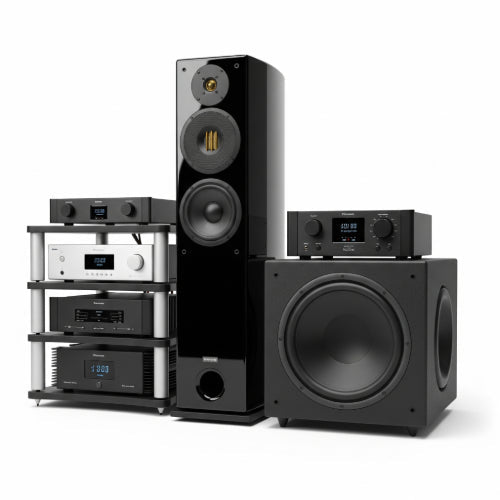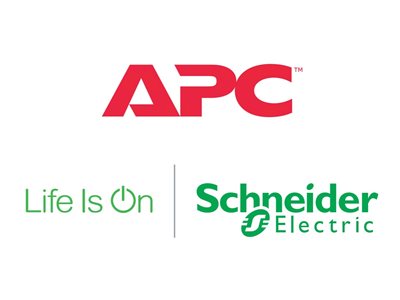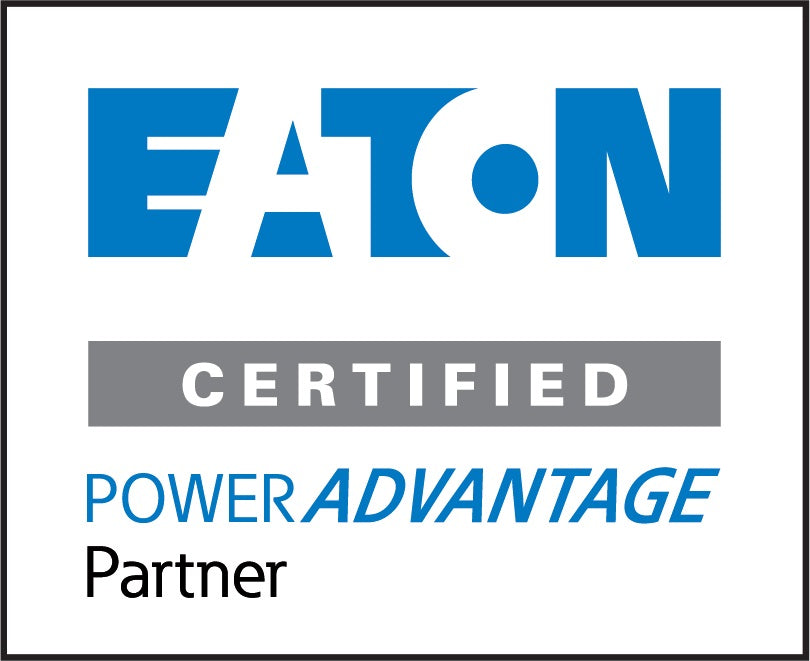Tuning In to Success: How One Business Boosted Employee Productivity with Sound Systems
In the quest for optimized workplace performance, companies often focus on tangible assets: faster computers, ergonomic furniture, or collaborative software. Yet, one powerful, often overlooked element can significantly impact employee productivity and well-being: sound. We all know how distracting excessive noise can be, but what about the strategic use of sound? One forward-thinking business discovered that by thoughtfully integrating sound systems, they could create an environment that actively enhances focus, reduces stress, and fosters a more productive workforce.
Let's explore how they did it and the benefits they reaped.
The Challenge: A Noisy, Distracting Open Office
This particular business, a tech company, operated out of a vibrant open-plan office. While designed to foster collaboration and transparency, it inadvertently led to constant distractions. Phone calls, impromptu discussions, keyboard clicking, and general office chatter created a cacophony that made it difficult for employees to concentrate on individual tasks requiring deep focus. Traditional noise-canceling headphones offered a temporary fix but isolated employees, hindering communication and team dynamics.
The Solution: A Multi-Layered Sound Strategy
Instead of merely trying to block noise, the business implemented a multi-layered sound strategy that incorporated carefully curated audio elements:
-
Ambient Sound Masking: The core of their solution was a subtle, low-level ambient sound masking system. This wasn't "white noise" in the irritating sense. Instead, it was a finely tuned, non-distracting sound (often described as a soft, continuous airflow or babble) played through strategically placed speakers. This sound raised the background noise floor just enough to make distant conversations and sudden noises less intelligible and therefore less distracting. It created a more consistent sound environment, making individual conversations feel more private and less intrusive to others.
-
Focus-Enhancing Background Music (Optional Zones): Recognizing that different tasks and preferences exist, they created specific "focus zones" where employees could opt into listening to curated, low-volume instrumental background music. This wasn't pop hits, but rather scientifically chosen genres like classical, lo-fi, or ambient electronic music, known for their ability to enhance concentration and reduce mental fatigue without being distracting. This gave employees a choice and a tool to "get into the zone" when needed.
-
Dedicated Collaboration & Relaxation Zones: Beyond individual workspaces, they equipped collaboration hubs with professional sound systems that facilitated clear audio for video conferences and presentations, ensuring seamless communication. They also created a small "decompression" lounge with calming nature sounds (like gentle waves or forest ambiance) playing quietly, offering a space for employees to briefly de-stress and reset their minds.
-
Intelligent Paging & Notification System: They integrated the sound system with their internal communication tools, replacing jarring, loud alerts with softer, more pleasant chimes for general announcements, ensuring critical information was conveyed without causing jumps or anxiety.
The Transformative Benefits:
The results of this strategic sound system implementation were remarkable:
- Significant Reduction in Distractions: Employees reported a noticeable decrease in auditory distractions, allowing them to maintain focus for longer periods.
- Improved Concentration and Productivity: With fewer interruptions, deep work became more achievable, leading to higher quality output and faster task completion.
- Enhanced Sense of Privacy: The sound masking created a subtle "sound bubble" around individual workspaces, making employees feel less exposed and more comfortable having quiet conversations.
- Increased Employee Well-being: The calming background sounds and designated relaxation zones contributed to a less stressful and more pleasant work environment.
- Better Collaboration: Clear audio in meeting spaces facilitated more effective discussions and seamless remote participation.
- Positive Office Atmosphere: The intentional use of sound created a more professional, calm, and conducive atmosphere overall, subtly shaping the culture of the workplace.
This business's experience demonstrates that sound is a powerful, often underestimated, element in office design. By moving beyond simply trying to mitigate noise and instead strategically leveraging sound systems, they transformed their workplace into a more productive, focused, and enjoyable environment for everyone. It's a testament to the idea that sometimes, the most impactful solutions come from considering the less obvious aspects of our daily experience.







